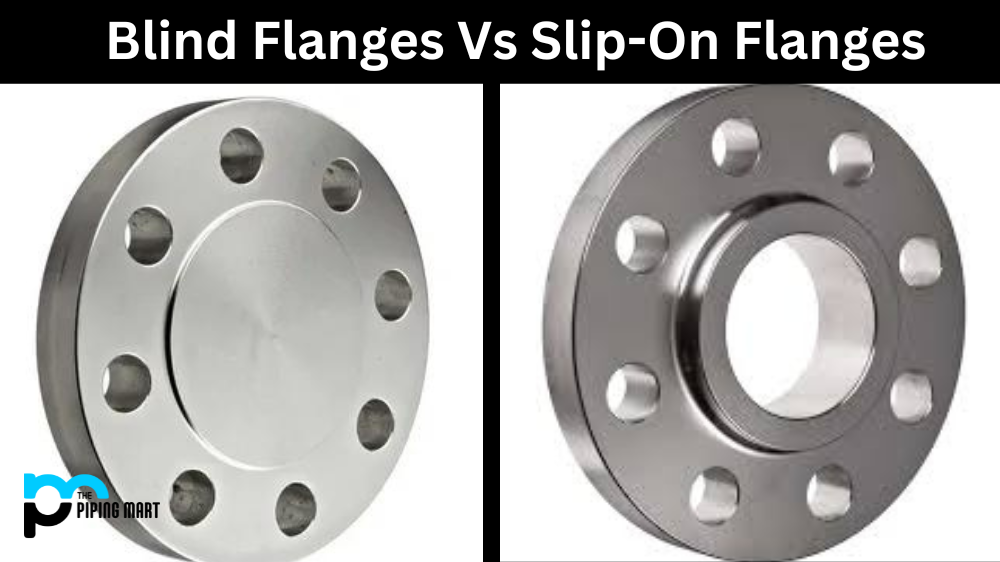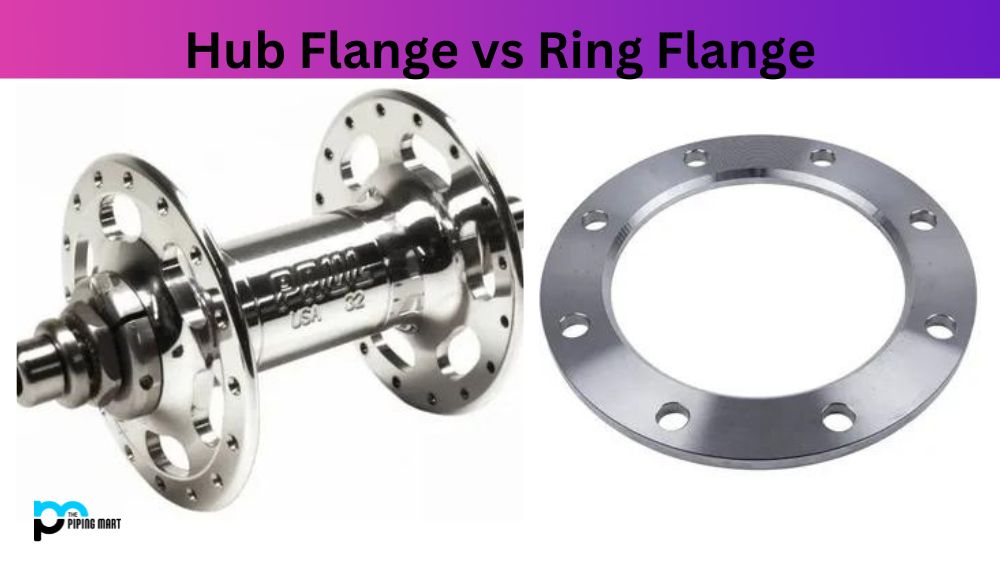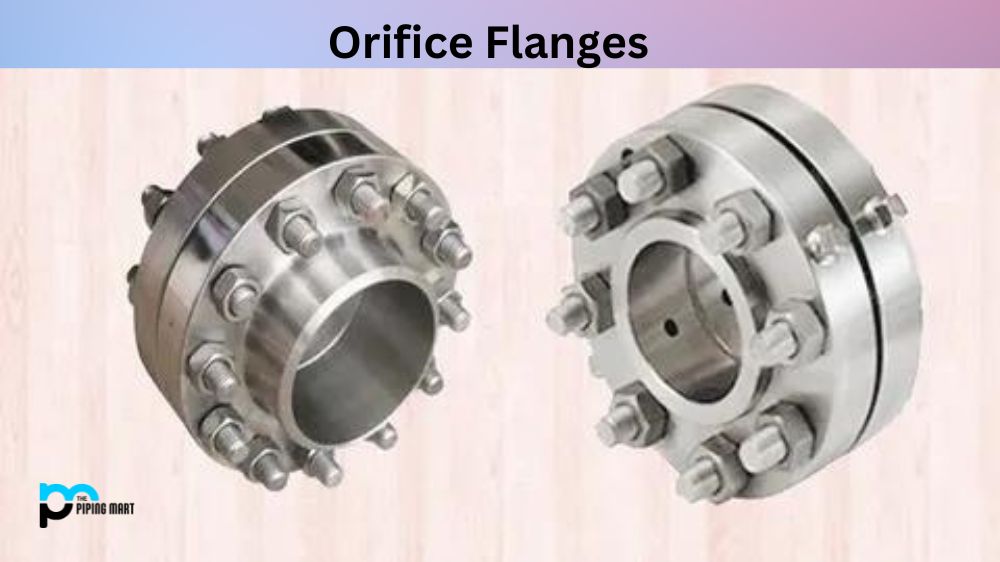In industrial piping, a comprehensive pipeline system involves a myriad of equipment and components, among which flanges play a pivotal role in establishing connections between pipes, valves, pumps, and other crucial elements. Two widely employed flange types are the Blind Flanges and Slip-On Flanges, each serving distinct purposes in piping applications. In this blog post, we delve into a comparative analysis of these flange variants, shedding light on their disparities and aiding you in determining the most fitting choice for your specific piping requirements.
What is Blind Flanges?
A blind flange is a flat plate featuring bolt holes around its perimeter and lacking a central borehole. Its primary function is to seal the end of a pipe or valve. Effectively blocking the passage of liquids or gases through the pipeline. One notable advantage of Blind Flanges is their exceptional ability to ensure complete isolation, making them particularly suitable for maintenance. The ease of installation and removal of blind flanges is another key benefit, allowing for swift adjustments without disrupting the remainder of the pipeline.
Types of Blind Flanges:
There are several types of blind flanges designed for specific applications. Raised Face Blind Flanges feature a raised surface for enhanced sealing. While Ring Type Joint Blind Flanges employ a metal ring for improved pressure resistance. Additionally, Flat Face Blind Flanges have a flat surface for simple alignment. The choice depends on pressure requirements and sealing preferences. Allowing for tailored solutions in diverse industrial piping systems.
What is Slip-On Flanges?
Slip-on flanges are crafted to effortlessly slide over the pipe’s end, a feature distinct from blind flanges employed to seal the pipe end. Once positioned, slip-on flanges are welded or secured, establishing a robust seal. Well-suited for low-pressure scenarios, their snug seal minimizes the risk of leaks. The simplicity of installation enhances their appeal, making slip-on flanges an advantageous option for projects necessitating swift and efficient setup.
Differences Between Blind Flanges and Slip-On Flanges
Applications:
Blind flanges: Blind flanges are useful in sealing the termination point of a pipeline, ensuring a secure closure.
Slip-on flanges: On the other hand, slip-on flanges come into play for linking pipes and valves within the system.
Installation:
Blind flanges: Blind flanges offer the convenience of being effortlessly installed or removed without causing disruptions to the remainder of the pipeline.
Slip-on flanges: Installing slip-on flanges necessitates welding or bolting, rendering their elimination or replacement a more intricate undertaking.
When to use Blind Flanges or Slip-On Flanges
The choice between blind flanges and Slip-On Flanges depends on the specific need of your piping situation. If your requirement maximum isolation for maintenance purposes, Blind Flanges can be a great choice. On the other hand, if you need a quick connection for a low-pressure application, Slip-On Flanges are a wise choice.
- A blind flange is a type of flange that is used to seal off the end of a piping system.
- A slip-on flange is a type of flange that is used to connect two pieces of pipe together.
- Blind flanges are typically used in applications where it is unnecessary to have a connection between the two pieces of pipe.
- Slip-on flanges are typically used in applications were connecting the two pieces of pipe is necessary.
- Blind flanges are typically used in higher-pressure applications than slip-on flanges.
- Slip-on flanges are typically used in lower-pressure applications than blind flanges.
Conclusion
The key to choosing the optimal flange for your piping requirements is thoroughly considering your project’s unique specifications. Blind flanges and slip-on flanges each hold significance in varied scenarios, yet it’s crucial to acknowledge that they might not universally suit all situations. Scrutiny of your project’s needs is paramount to ensure the selection of the most fitting option for your pipeline project.

Abhishek is a seasoned blogger and industry expert, sharing his insights and knowledge on various topics. With his research, Abhishek offers valuable insights and tips for professionals and enthusiasts. Follow him for expert advice on the latest trends and developments in the metal industry.




